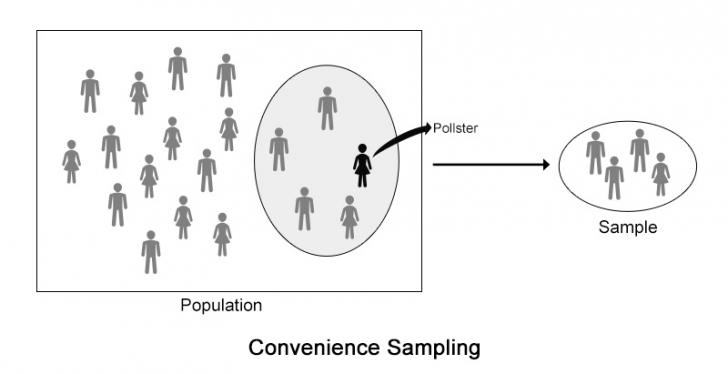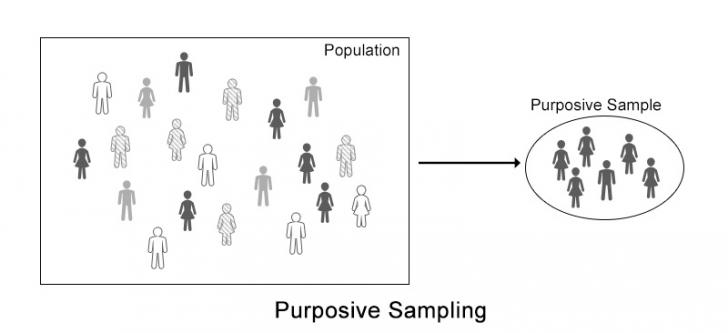We use Sampling techniques to reduce the time, money and other resources to be invested for our survey. Probability Sampling techniques are widely used in surveys for fair and unbiased sampling process. In some cases, the randomness of Probability Sampling can not address the niche need of the surveyors. In this case, we use Non- Probability Sampling.
Every time a media person takes an interview of a person on the street or a researcher asks subject experts for opinions to get an idea of what the general populace thinks about an issue, the surveyor is saving time and resource by using their judgement to select samples. While the analysis is not statistically accurate, it is helpful to get an idea of the subject under study.
This way of applying judgment in a sampling process reduces the opportunity that all the items in the population have equal chances of being selected and is rightly called non-probability sampling.
Types of Non-Probability Sampling
Convenience Sampling
This way of sampling selects those elements as samples that are most convenient to the pollster. This does not necessarily mean that the selection of samples under this method is an easy task but, it implies that the task is done without any principles or theories.

The mediaperson who asks questions to people around them to get a gist of public opinion on an issue is a common example of convenience sampling. The sample is obviously biased but it is very convenient.
Purposive Sampling
This method selects an element if it satisfies certain predetermined rule(s). This type of sampling has several sub-types:

As the above image shows, the pollster chooses only certain members of the population that have a trait that separates them from the rest.
Types of Purposive Sampling
- Snowball Sampling
This process takes samples from the referrals of the previous samples. In other words, this process takes samples which are either referred by previous samples or somehow related with them.If you are conducting a survey regarding the popularity of a tourist destination, we can add the persons as the samples who were with the previously selected persons.
- Expert Sampling
This method takes experts as the samples. The views by them are regarded as mode while getting into the conclusion.If we are to survey about the best building material for a specific region, we may choose the views of those structural engineers who have at least 10 years of experience and received at least one national level award.
- Heterogeneity Sampling
This methods aims to select those elements which have the highest value of deviations from the average item. This method relies on the principle that when we opt to choose samples, the collection of all the samples will represent the whole population the best.When we want to conduct a survey about the different alternatives of the Hot Water Bag, we would take samples representing all of the views (regardless of the number of people supporting them) expressed therein.
- Modal Instance Sampling
This method first asks the pollster to find the cases for modal class of items. After it is found out, the researcher will then take samples around that modal criteria.When we are to derive a conclusion on the fashion consciousness on people, we first conduct a survey for the modal class. If we find out that the modal class for such survey is women of age group 20-40 years, we would choose samples from that group only.
Advantages of Non-Probability Sampling
- Probability Sampling methods give a very small space for judgment. A person with sound knowledge and ability on the subject matter can best perform if the person is permitted to conduct non-probability sampling.
- Non -Probability Sampling can be very much cost effective as compared to Probability Sampling. This saves time and money both at the same time by reducing the administrative hassles and traveling etc.
- This system fits best when the exhaustive population is not defined.
Disadvantages
- Excessive dependency on judgment
As this method has no specific rules or principles for selection of samples, the dependency on judgment is very much high. This can lead towards biasness and prejudice on the subject matter - Needs much purpose-oriented pollsters
Due to excessive reliance on judgment, this method requires the pollsters to be more purpose -oriented pollsters - Focuses on simplicity over effectiveness